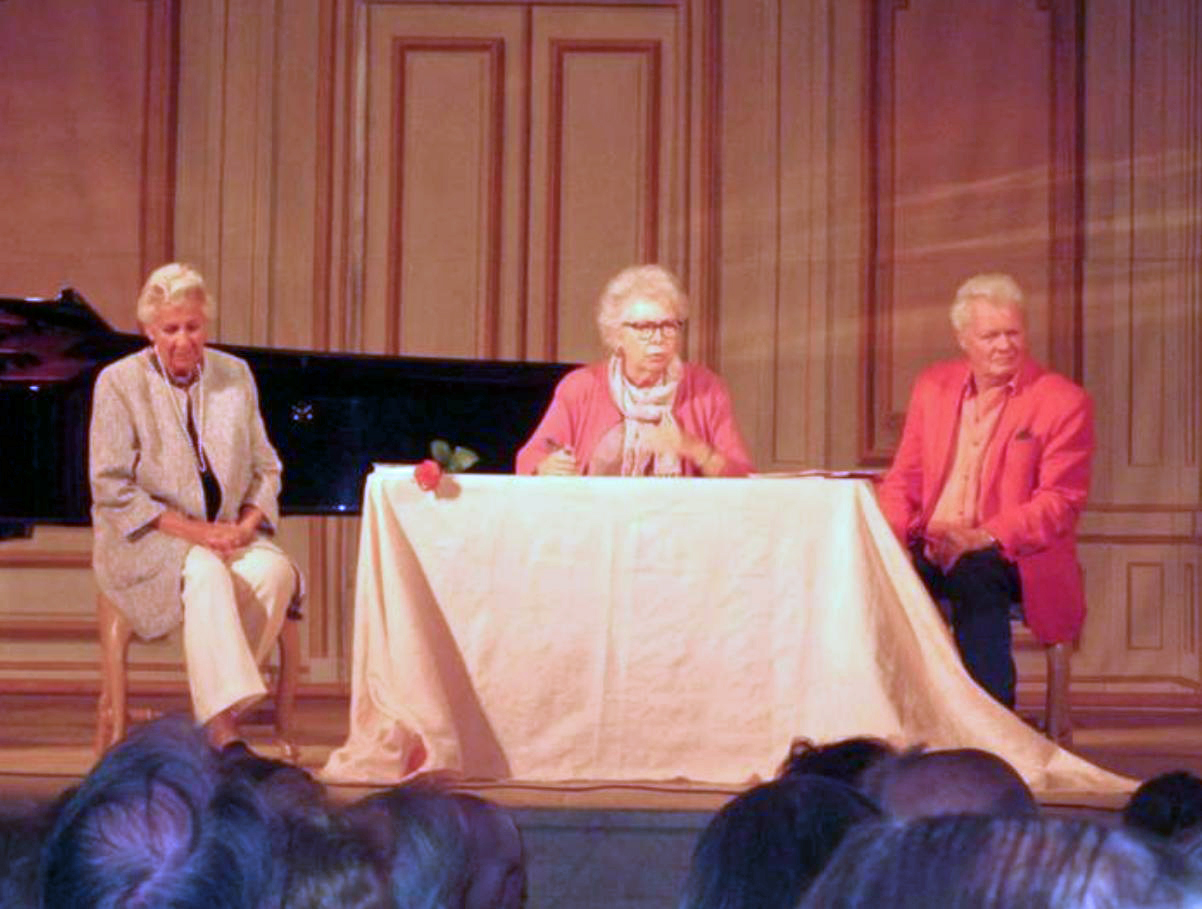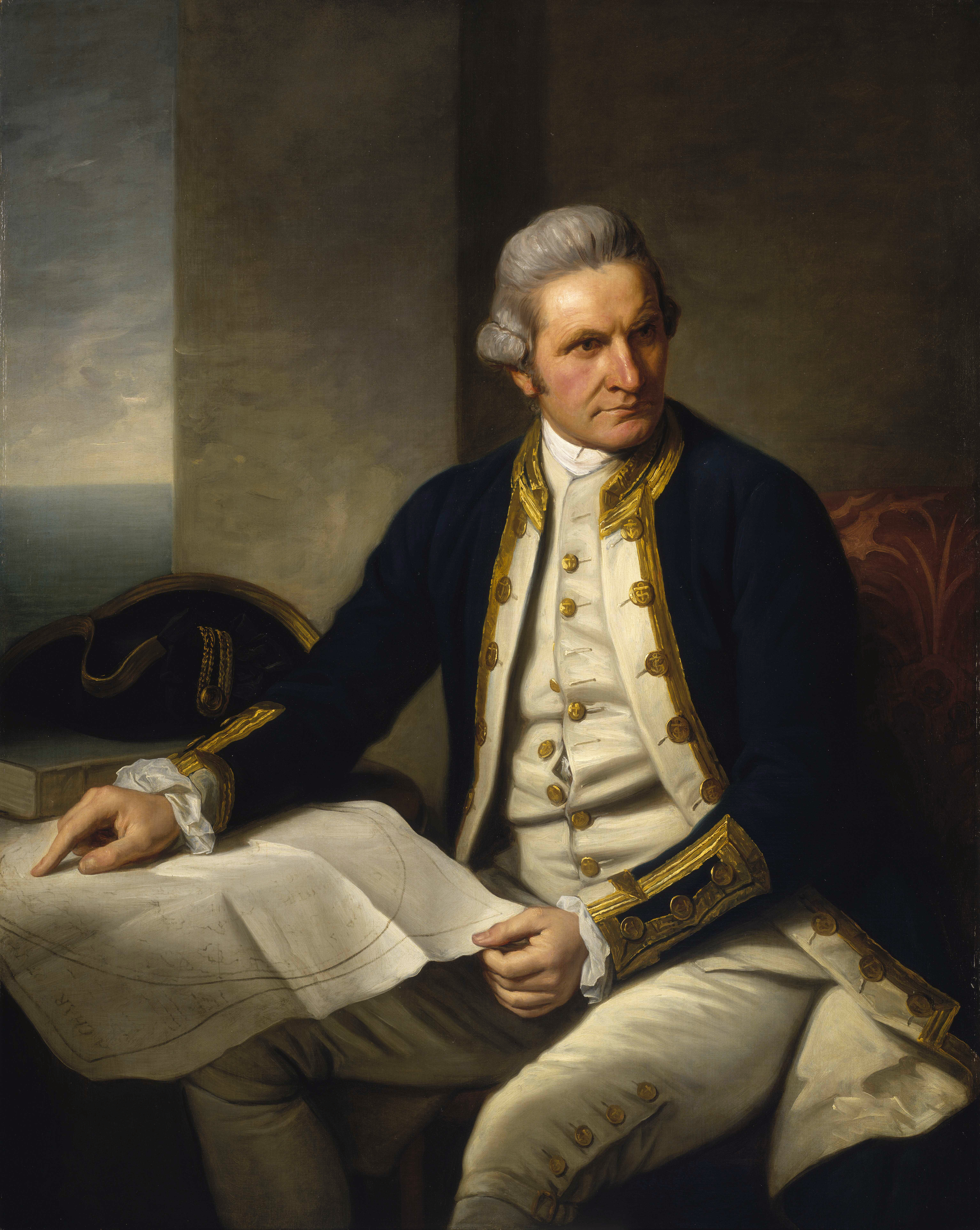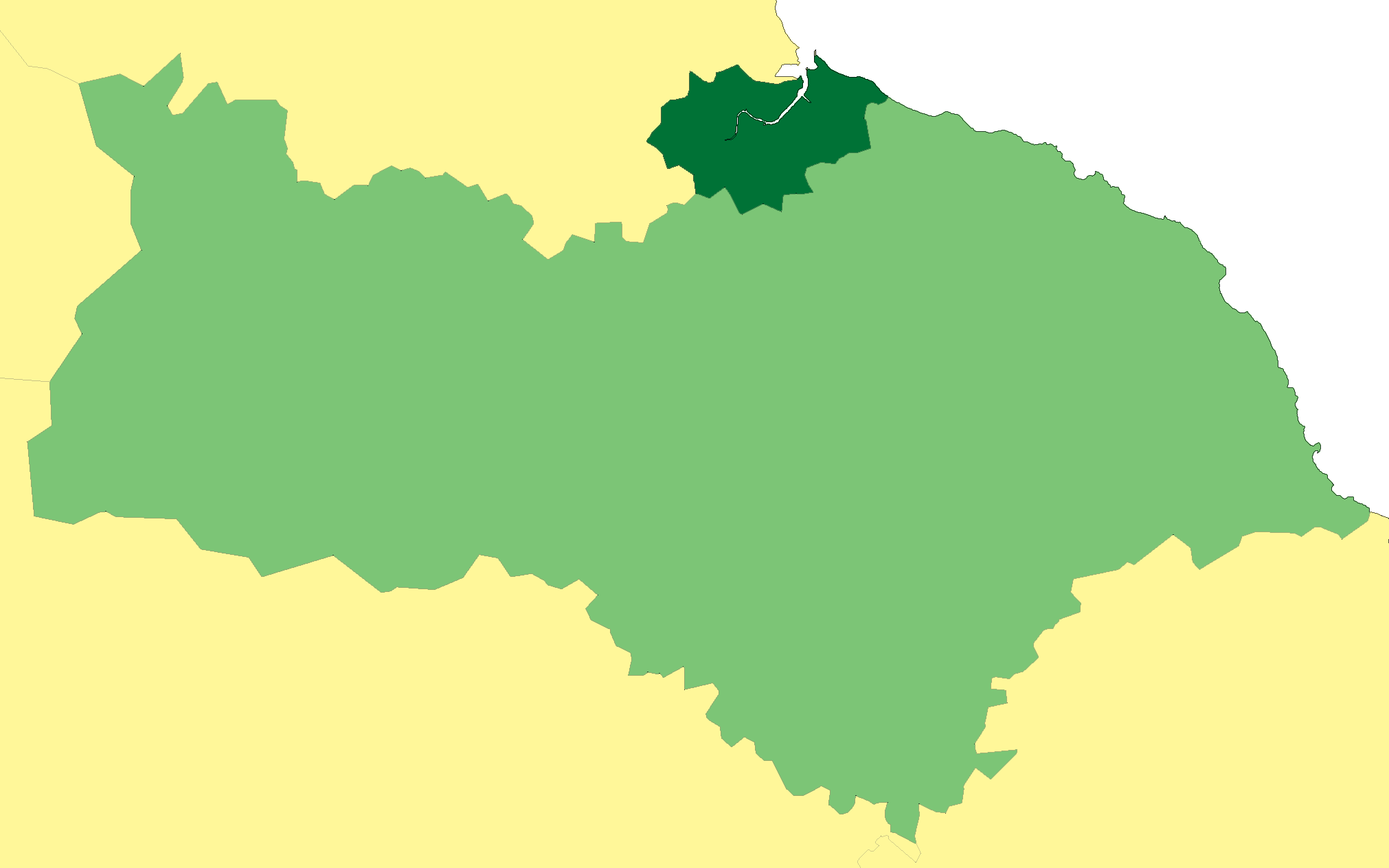|
Middlesbrough Borough Council
Middlesbrough Council, formerly Middlesbrough Borough Council, is the unitary authority covering the Borough of Middlesbrough, North Yorkshire, England. Following the 2023 United Kingdom local elections, 2023 local elections, Labour Party (UK), Labour has held majority control of the council, which meets at the Middlesbrough Town Hall, Town Hall. It is led by the directly-elected Mayor of Middlesbrough (Chris Cooke (politician), Chris Cooke since 2023). The council is a member of the Tees Valley Combined Authority. History The town of Middlesbrough had been incorporated as a municipal borough in 1853. When elected county councils were established in 1889 it was considered large enough to provide its own county-level services, and so it was made a county borough, independent from the new North Riding County Council, whilst remaining part of the North Riding of Yorkshire for ceremonial purposes. The original borough of Middlesbrough was abolished in 1968, merging with several neig ... [...More Info...] [...Related Items...] OR: [Wikipedia] [Google] [Baidu] |
Chairperson
The chair, also chairman, chairwoman, or chairperson, is the presiding officer of an organized group such as a Board of directors, board, committee, or deliberative assembly. The person holding the office, who is typically elected or appointed by members of the group or organisation, presides over meetings of the group, and is required to conduct the group's business in an orderly fashion. In some organizations, the chair is also known as ''President (corporate title), president'' (or other title). In others, where a board appoints a president (or other title), the two terms are used for distinct positions. The term chairman may be used in a neutral manner, not directly implying the gender of the holder. In meetings or conferences, to "chair" something (chairing) means to lead the event. Terminology Terms for the office and its holder include ''chair'', ''chairman'', ''chairwoman'', ''chairperson'', ''convenor'', ''facilitator'', ''moderator (town official), moderator'', ''pr ... [...More Info...] [...Related Items...] OR: [Wikipedia] [Google] [Baidu] |
Middlesbrough
Middlesbrough ( ), colloquially known as Boro, is a port town in the Borough of Middlesbrough, North Yorkshire, England. Lying to the south of the River Tees, Middlesbrough forms part of the Teesside Built up area, built-up area and the Tees Valley. History Monks and lords Middlesbrough started as a Benedictine priory on the south bank of the River Tees, its name possibly derived from it being midway between the holy sites of Durham, England, Durham and Whitby. The earliest recorded form of Middlesbrough's name is "Mydilsburgh". Some believe the name means 'middle fortress', since it was midway between the two religious houses of Durham and Whitby; others state that it is an Old English personal name (''Midele'' or ''Myhailf'') combined with ''burgh'', meaning town. In 686 a monastic cell was consecrated by Cuthbert of Lindisfarne, St Cuthbert at the request of Hilda of Whitby, St Hilda, Abbess of Whitby. The cell evolved into Middlesbrough Priory. The manor of Middlesburgh ... [...More Info...] [...Related Items...] OR: [Wikipedia] [Google] [Baidu] |
Cleveland County Council
Cleveland County Council was the county council of the non-metropolitan county of Cleveland in north east England. It came into its powers on 1 April 1974 and was abolished on 31 March 1996. History The county council came into its powers on 1 April 1974 and established its base at Municipal Buildings in Middlesbrough. It adopted the motto "Endeavour" to commemorate the name of Captain James Cook's ship, HMS ''Endeavour'', which, in February 1768, was dispatched on a mission to find the postulated continent ''Terra Australis Incognita'' (or "unknown southern land") in the south Pacific. Following the recommendations of the Banham Commission, which had recommended the transfer of power in the county to unitary authorities, the county council was abolished on 31 March 1996. It was replaced with four unitary authorities: Hartlepool, Stockton-on-Tees, Middlesbrough and Redcar and Cleveland. The four districts were re-allocated to the ceremonial counties of County Durham (Hartlepoo ... [...More Info...] [...Related Items...] OR: [Wikipedia] [Google] [Baidu] |
Cleveland, England
Cleveland is a land of hills and dales from the River Tees to Vale of Pickering, England. The name means "cliff-land". The area corresponds to the former Langbaurgh Wapentake. The North York Moors national park, established in 1952, covers part of it. A non-metropolitan county under the same name existed from 1974 to 1996 and there is ambiguity today between that county and the historic extent of the name. It is the ancestral home of Grover Cleveland, who was the 22nd and 24th President of the United States. Heritage Cleveland has a centuries-long association with the area from Middlesbrough to Pickering and Thirsk to Whitby, effectively the eastern half of Yorkshire's North Riding. Ralph, Archdeacon of Cleveland, was the area's first archdeacon recorded, before 1174. A Dukedom of Cleveland was first created in the 17th century. Metal The Cleveland Hills were key suppliers of the ironstone which was essential to running blast furnaces alongside the River Tees. Cl ... [...More Info...] [...Related Items...] OR: [Wikipedia] [Google] [Baidu] |
Stokesley Rural District
Stokesley was a rural district in the North Riding of Yorkshire from 1894 to 1974. It was named after the town of Stokesley, which it contained. The district was enlarged in 1932 when it took in part of the Middlesbrough Rural District. It lost parts in 1968 with the creation of the Teesside county borough. In 1974 the district was abolished under the Local Government Act 1972. It was split three ways, with the northern parts going to the boroughs of Stockton-on-Tees and Middlesbrough in the new county of Cleveland, and the rest becoming part of the Hambleton District of North Yorkshire North Yorkshire is a Ceremonial counties of England, ceremonial county in Northern England.The Unitary authorities of England, unitary authority areas of City of York, York and North Yorkshire (district), North Yorkshire are in Yorkshire and t .... The parishes that went to Stockton were: Castlelevington, Hilton, Ingleby Barwick, Kirklevington, Maltby and Yarm, whilst Nunthorp ... [...More Info...] [...Related Items...] OR: [Wikipedia] [Google] [Baidu] |
Nunthorpe
Nunthorpe is a village and civil parishes in England, civil parish in the Borough of Middlesbrough in North Yorkshire, England. It is part of the Historic counties of England, historic county of Yorkshire, North Riding. It is near to the village of Great Ayton and formerly part of the Ayton ancient parish until 1866. History The history of Nunthorpe can be traced back to before the Domesday Book of 1086. The village was named “Thorpe”, or “Torp” (words meaning settlement) in the Domesday Book and described as a thriving settlement, Nunthorpe consisted of an estimated 1,080 acres of land. Towards the end of the 12th century a group of Cistercians nuns, allegedly evicted from nearby Hutton Lowcross for rowdy behaviour, were resettled at Thorpe having been given some land there belonging to Whitby Abbey, on which they built a priory and mill. The nuns only stayed at Thorpe a few years, but their short stay resulted in Thorpe being renamed Nunthorpe. During the following ... [...More Info...] [...Related Items...] OR: [Wikipedia] [Google] [Baidu] |
Stainton, Middlesbrough
Stainton is a village in the south-west outskirts of Middlesbrough, in the Middlesbrough unitary authority, in the ceremonial county of North Yorkshire, England. The village is in a shared civil parish and ward with Thornton called Stainton and Thornton. The ward had a population of approximately 2,300 as of 2005, measured at 2,890 in the 2011 census. The civil parish has no school so the ward includes parts of Hemlington including Hemlington Hall Academy primary. History Stainton was named in the ''Domesday Book'' of 1086, when its manors were held by Earl Hugh of Acklam. It has been a settlement since pre-Anglo-Saxon times. Its name is of mixed origin with Old Norse "stan" and Old English "tun", in Modern English stone-town. St Peter and St Paul Anglican Church dates back to the 12th century and is grade II* listed. The former vicarage, Stainton House, dates from the 19th century and is Grade II listed. Stainton Methodist Church, on Meldyke Lane, dates from 1840. The or ... [...More Info...] [...Related Items...] OR: [Wikipedia] [Google] [Baidu] |
Marton, Middlesbrough
Marton or Marton-in-Cleveland is an area of Middlesbrough, North Yorkshire, England. Until the 1950s, it was a small village next to the hamlet of Tollesby in Yorkshire's North Riding. The Marton parish originally stretched north to the River Tees, however with the expansion of Middlesbrough, the parish became progressively smaller, ultimately becoming a suburb of south Middlesbrough. Attractions include Stewart Park Middlesbrough, Stewart Park, a large public park given by a former councillor, Dormund Stewart, to the people of Middlesbrough in 1928. At the 2011 census, the Marton Ward (Marton East since 2015) had a population of 4,728 while Marton West Ward had a population of 5,305. James Cook The explorer, cartographer and navigator, Captain (Royal Navy), Captain James Cook was born to James and Grace Cook, in a clay-built cottage in the village of Marton in 1728, and he lived for a short time in the village, until the family moved to Great Ayton.''The Captain Cook Encycl ... [...More Info...] [...Related Items...] OR: [Wikipedia] [Google] [Baidu] |
Hemlington
Hemlington is an area of Middlesbrough, North Yorkshire, England. It is centred around a lake and is in the Borough of Middlesbrough's south-western outskirts. In 2015, the Hemlington Ward had a population of 6,557, 4.74% of Middlesbrough's resident population. It is east of the Stainton and Thornton parish and partly in the parish's namesake ward: it is also west Coulby Newham. History A local hospital was set in the countryside until the late 1980s when it was closed and later demolished: it had been built in 1895 as an infectious control hospital but then during the wars was used for treatment of war injuries. Hemlington was built on farmland during the 1960s and expanded thereafter to provide affordable housing for the increasing population of Middlesbrough. Hemlington was formerly a township in the parish of Stainton, in 1866 Hemlington became a separate civil parish, on 1 April 1968 the parish was abolished to form Teesside. In 1961 the parish had a population of 2 ... [...More Info...] [...Related Items...] OR: [Wikipedia] [Google] [Baidu] |
Local Government Act 1972
The Local Government Act 1972 (c. 70) is an act of the Parliament of the United Kingdom that reformed local government in England and Wales on 1 April 1974. It was one of the most significant acts of Parliament to be passed by the Heath Government of 1970–74. The act took the total number of councils in England from 1,245 to 412 (excluding parish councils), and in Wales to 45. Its pattern of two-tier metropolitan and non-metropolitan county and district councils remains in use today in large parts of England, although the metropolitan county councils were abolished in 1986, and both county and district councils have been replaced with unitary authorities in many areas since the 1990s. In Wales, too, the Act established a similar pattern of counties and districts, but these have since been entirely replaced with a system of unitary authorities. Elections were held to the new authorities in 1973, and they acted as "shadow authorities" until the handover date. Elect ... [...More Info...] [...Related Items...] OR: [Wikipedia] [Google] [Baidu] |
County Borough Of Teesside
The County Borough of Teesside was a county borough in the north-east of England, which existed for just six years. It was created in 1968 to cover the Teesside conurbation which had grown up around the various port and industrial towns near the mouth of the River Tees. The council was based in Middlesbrough, the area's largest town. The county borough was abolished in 1974 on the creation of the new county of Cleveland, which covered a larger area, with the county borough's territory being split between three of the four districts created in the new county. Prior to 1968 the area was governed by the six separate authorities of Billingham, Eston, Middlesbrough, Redcar, Stockton-on-Tees and Thornaby-on-Tees. Middlesbrough was a county borough, providing all local government services in its area; the others were all district-level authorities, with strategic functions provided by their respective county councils. The River Tees formed the boundary between County Durham and North ... [...More Info...] [...Related Items...] OR: [Wikipedia] [Google] [Baidu] |
North Riding Of Yorkshire
The North Riding of Yorkshire was a subdivision of Yorkshire, England, alongside York, the East Riding and West Riding. The riding's highest point was at Mickle Fell at . From the Restoration it was used as a lieutenancy area, having been previously part of the Yorkshire lieutenancy. Each riding was treated as a county for many purposes, such as quarter sessions. An administrative county, based on the riding, was created with a county council in 1889 under the Local Government Act 1888. In 1974 both the administrative county and the North Riding of Yorkshire lieutenancy were abolished, replaced in most of the riding by the non-metropolitan county and lieutenancy of North Yorkshire, and in the north-west by County Durham. History Archives from 1808 record that the "north-riding of York-shire" had once consisted of "fifty-one lordships" owned by Robert the Bruce. During the English Civil War, the North Riding predominantly supported the royalist cause, while other areas ... [...More Info...] [...Related Items...] OR: [Wikipedia] [Google] [Baidu] |





